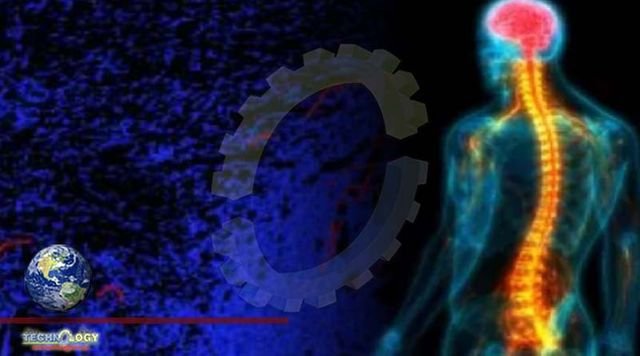The thoracic spine, which runs from the base of the neck to the beginning of the lumbar spine, is found at the back of the chest (the thorax), primarily between the shoulder blades.

A study conducted by Brazilian researchers with funding from FAPESP found that prolonged screen use, eye proximity to the screen, and sitting or lying on the stomach are all risk factors for spinal health. The study focused on thoracic spine pain (TSP).
The thoracic spine, which runs from the base of the neck to the beginning of the lumbar spine, is found at the back of the chest (the thorax), primarily between the shoulder blades.
The data examined came from surveys of first- and second-year high school students in Bauru, a medium-sized city in the state of Sao Paulo, aged 14 to 18 who were both male and female. 1,628 participants completed a baseline questionnaire from March to June 2017; 1,393 of those participants completed a follow-up questionnaire in 2018.
The analysis found that the proportion of people reporting TSP in both the baseline and follow-up surveys was 38.4%, and the incidence was 10.1%.
The prevalence of TSP varies by age group, with adults ranging from 15% to 35% and children and adolescents from 13% to 35%.
During the Covid-19 pandemic, the use of electronic devices grew rapidly, making the issue worse. Numerous studies have found that physical, physiological, psychological, and behavioural risk factors are connected to Thoracic Spine Pain.
The effects of physical activity, sedentary behaviour, and mental illnesses on spinal health are also clearly demonstrated.
In its most recent global review of research and recommendations, the World Health Organization deemed each of these elements to be crucial. According to Dr. Alberto de Vitta, the article’s first author, “the study can be used to inform health education programmes for school students, teachers, staff, and parents.”
Dr Vitta is a faculty member at Eduvale College in Avaré, So Paulo state, and the University of Sapuca Valley’s Graduate Program in Education, Knowledge and Society in Pouso Alegre, Minas Gerais state.
He is teaching and researching in line with the objectives of the National Curriculum Parameters (PCN), which require schools to provide health education, identify risks to individual and collective health, and promote self-care habits. This is in line with the objectives of the National Curriculum Parameters (PCN).
Children and adolescents with back pain are more sedentary, perform worse academically, and have more psychosocial issues.
Risk factors for TSP in high school students are important, and fewer studies have been done on thoracic spine pain. There are only two prospective studies on prognostic factors identified in a systematic review of the TSP literature.